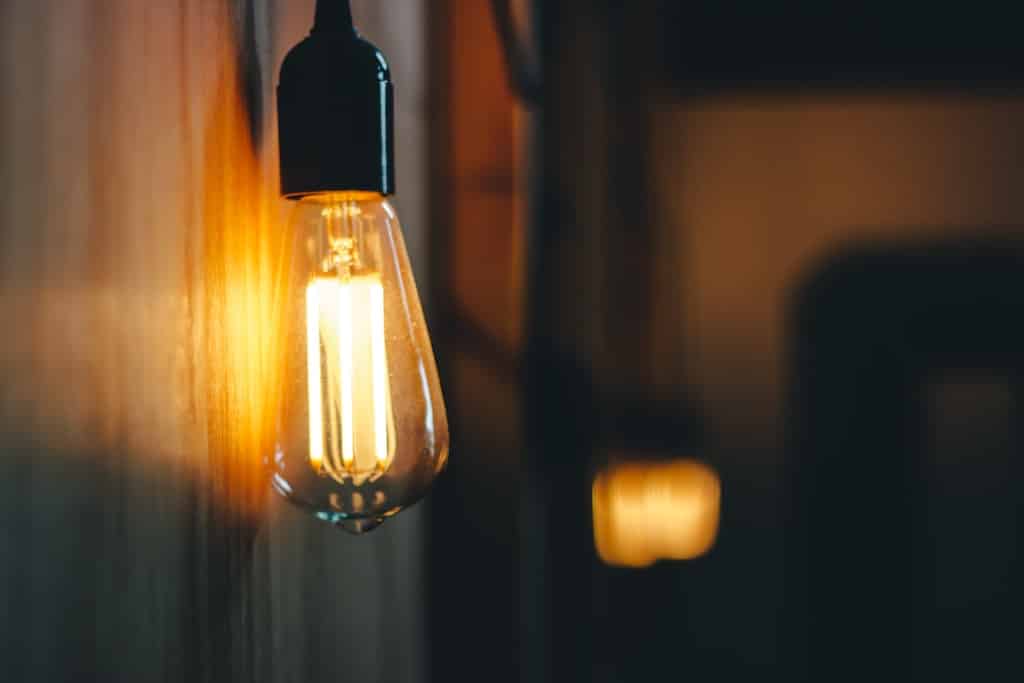If you use more electricity in the evening and overnight, getting an Economy 10 meter installed could make a lot of financial sense. Continue reading to find out more about these meters and tariffs.
What is Economy 10?
Economy 10 meters are types of energy meters offering you a day and night rate for your electricity. As the name suggests, Economy 10 tariffs offer 10 hours of cheaper electricity per day. They’re similar to Economy 7 meters but with an additional three hours of off-peak (discounted) electricity prices.
Economy 10 tariffs operate a bit like off-peak train tickets where journeys become cheaper during quieter times. With these tariffs, it’s recommended that you make the most of these off-rates while you can, for example, like doing the weekly laundry, mowing the lawn, etc.
Economy 10 hours
The hours of your economy tariff will vary depending on the region of the country you live in and, your energy supplier. The “ten” hours are usually broken down into; three in the afternoon, two hours in the evening and five hours overnight:
- Midnight to 05:00 (3 hours)
- 13:00 to 16:00 (3 hours) and
- 20:00 to 22:00 (2 hours).
Advantages of Economy 10 meters
- Cheaper unit rates for electricity
- Properties with storage heaters can build up heat during off-peak hours and release it during the day
- Compatible with heat pumps (both air-source and ground-source pumps) means the costs of heating (with electricity) could be less expensive than with gas.
Disadvantages of Economy 10 meters
- While unit rates (price per kWh) are low, some tariffs come with high standing charges
- The majority of suppliers do not offer Economy 10 tariffs or support those meters
- Due to fewer suitable tariffs being on offer, it is harder to switch suppliers
- Not suitable for properties with gas, oil or electric storage heating
- Meters may need to be reprogrammed if you switch providers to match your previous supplier’s Economy 10 hours
- Economy 10 meters operate at unsociable hours.
How to read an Economy 10 meter
To get an accurate meter reading, you’ll have to take both (or all three) readings and pass on the details to your energy supplier. Usually, it will be a simple case of adding both readings together to get your true reading. One reading is for the day and the other for the night, as you’re charged different rates based on your daytime (peak) and night-time (off-peak) usage. To get the right readings:
- Write down the numbers left to right, including any zeros.
- Ignore any numbers in red (or the odd colour) or after the decimal point.
- Make a note of which reading is for the day (Rate 1) and the night (Rate 2).
Economy 10 electricity suppliers
As smart meters are becoming more popular, the use of Economy 10 meters is diminishing. If you don’t have an Economy 10 meter under your current electricity contract but would like one, your energy provider should be your first port of call.
There are still some suppliers that offer full support including the installation and maintenance of such meters and tariffs on a case by case basis:
- Bristol Energy
- British Gas
- E.ON
- Ecotricity
- EDF Energy
- Good Energy
- Green Energy UK
- iSupplyEnergy
- M&S Energy
- nPower
- Octopus Energy
- Outfox The Market
- OVO Energy
- People's Energy
- PFP Energy
- Powershop
- So Energy
- SSE
- Scottish Power
- Spark Energy
- Together Energy
- Tonik Energy
- Utility Warehouse
- Utilita
Switching suppliers with an Economy 10 tariff
If you’ve got an Economy 10 meter and want to switch providers, we recommend speaking to the new supplier first. In some cases, a supplier may still switch you if you’re a vulnerable customer or on the Priority Services Register. Be aware that there can be a charge for installing the meter if you don’t already have one.
Many Economy 10 meters have two rates, peak and off-peak, with off-peak being the discounted one. Others will have a third rate called a ‘heat’ or ‘heatwise’ rate. This refers to a separate dedicated circuit, which is wired into your hot water and heating, and only switches on during off-peak times. These Economy 10 meters have three meter readings, not two and can make switching to another supplier difficult. However, it’s still possible if you speak to the new supplier’s ‘complex metering’ team beforehand.
Switch your energy supplier
To get the best deals, you need to switch energy providers. Use our technology to compare energy deals and see how much you could save on your next energy bill.
Compare gas and electricity deals
We monitor the market and automatically switch you to better deals for free.
